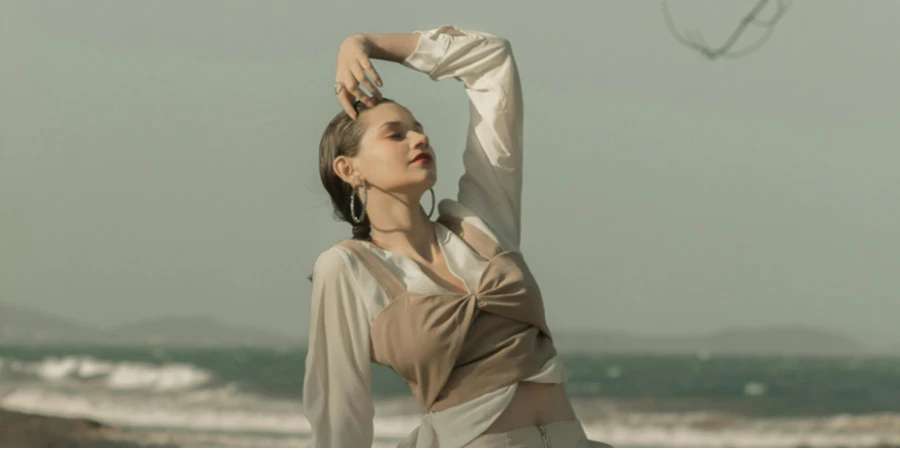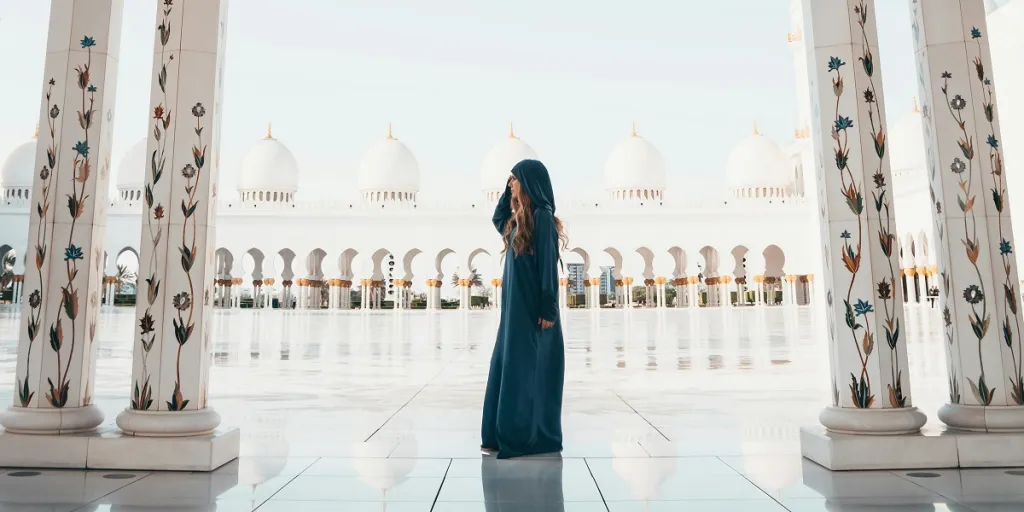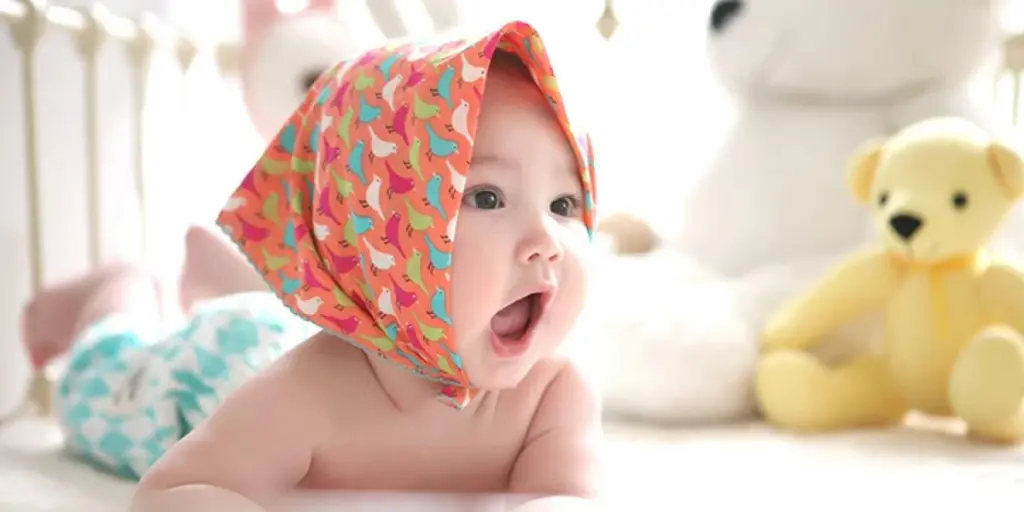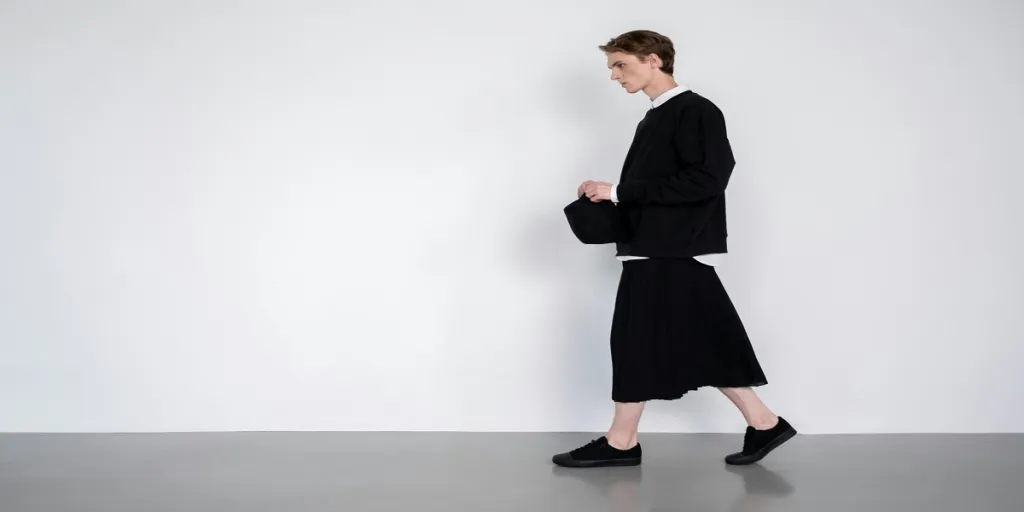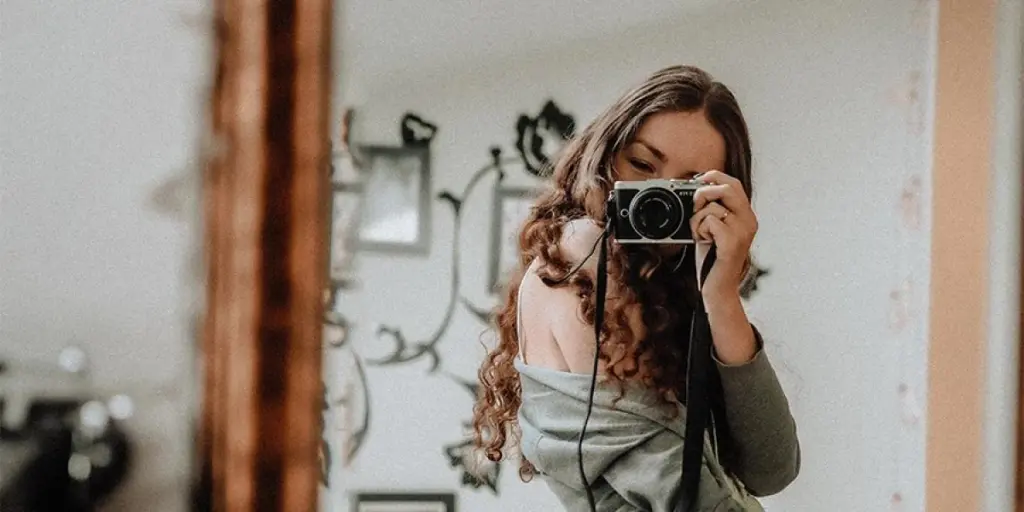The Ontimeshow Shanghai S/S 24 has unveiled a mesmerizing array of trends in women’s apparel, setting the stage for a transformative season ahead. From the embrace of utility details for enhanced versatility to the celebration of crafted textures that captivate the senses, the showcase highlights a profound shift towards adaptability and tactile richness. As independent Chinese brands lead the charge in redefining fashion norms, they offer invaluable insights for retailers keen on revitalizing their selections with innovation and style. This convergence of functionality, artisanal craftsmanship, and leisure-oriented designs underscores a broader industry movement towards garments that cater to the dynamic lifestyles of modern consumers. For retailers aiming to stay at the forefront of the fashion curve, integrating these trends into their offerings could spell the difference between leading the market and merely keeping pace.
Table of Contents
1. Pretty extravagance and modern romance
2. Deconstructed designs redefine silhouettes
3. Nostalgia for the noughties: A Y2K resurgence
4. The slip dress: A minimalist’s statement
5. Soft focus prints: The allure of the abstract
6. Draping: The art of fluid forms
7. Volume dresses and the essence of occasionwear
8. Reworking the essentials: Shirts, blazers, and trousers
9. Final words
Pretty extravagance and modern romance
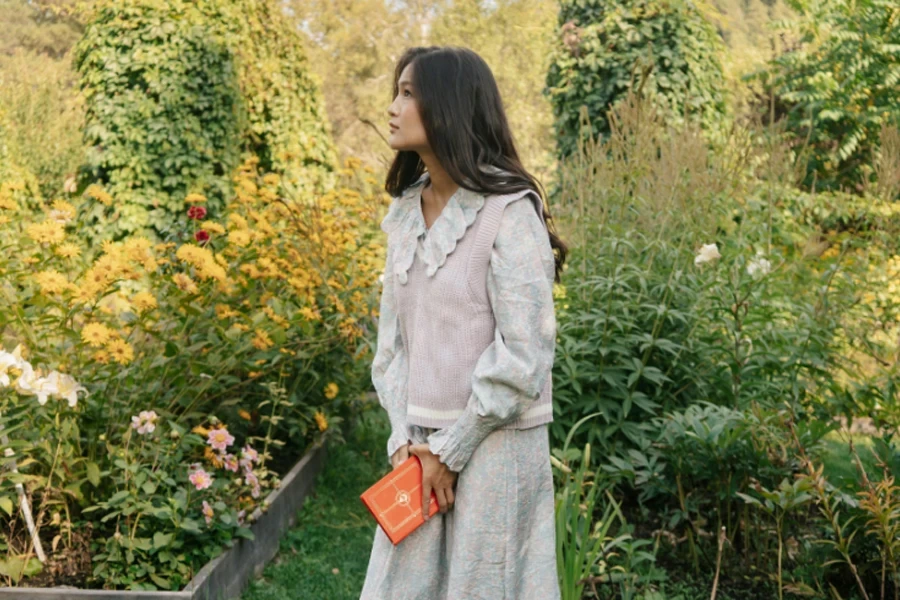
The realm of women’s fashion is witnessing a resurgence of pretty extravagance and modern romance, characterized by the delicate interplay of ruffles, statement crochet, and an abundance of feminine details. This trend sees garments adorned with detachable floral corsages, mirrored embroideries, and playful contrasts between sheer and opaque fabrics, all trimmed with intricate lace. These elements coalesce to create highly feminine, modern romantic pieces that are both captivating and versatile. The appeal of matching sets is significantly enhanced by these details, offering consumers an easy way to achieve a cohesive and sophisticated look. Moreover, the addition of soft-focus floral prints and shimmering fabrics introduces a layer of depth and whimsy, further elevating the romantic appeal of these designs.
The emphasis on pretty extravagance within the fashion industry speaks to a broader trend towards clothing that embodies both aesthetic appeal and emotional resonance. By incorporating extravagant touches such as ruffles and crochet into their designs, fashion brands tap into the modern consumer’s desire for clothing that tells a story and expresses a unique personal identity. These modern romantic pieces serve not just as garments but as artful expressions of femininity and creativity, inviting wearers to embrace their softer, more playful side. Furthermore, the strategic use of textures and prints adds a contemporary edge to these romantic designs, ensuring they remain relevant and desirable in today’s fast-evolving fashion landscape. Through this trend, designers and retailers can connect with consumers seeking to infuse their wardrobes with pieces that reflect both timeless elegance and modern sensibilities.
Deconstructed designs redefine silhouettes
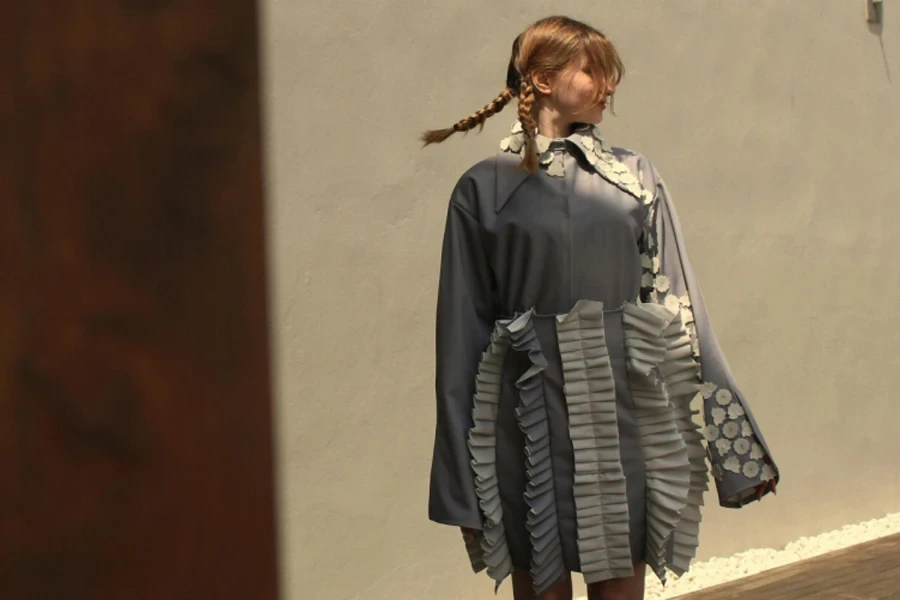
Deconstructed designs are at the forefront of redefining silhouettes within women’s fashion, introducing a radical departure from traditional forms to create something entirely new and unexpected. This trend capitalizes on the repositioning of familiar elements like sleeves, collars, and necklines, offering adjustable soft ties that invite wearers to restyle their garments for diverse functions. The juxtaposition of spliced layers, contrasting textures, and prints enhances the visual interest of these pieces, marrying sheer with opaque in a dance of sophistication and avant-garde aesthetics. A garment’s success in this category hinges on its clear intention and well-executed finish, ensuring that the deconstructed design is both comprehensible and aesthetically pleasing to the consumer.
This approach to fashion design challenges and expands the boundaries of what clothing can represent, pushing towards more fluid and dynamic expressions of individuality and style. Deconstructed designs encourage consumers to engage with their clothing on a more intimate level, participating in the act of creation by adjusting and restyling their outfits to suit their mood or the occasion. This trend not only offers a fresh perspective on garment construction but also aligns with the contemporary movement towards personalization and self-expression in fashion. By embracing deconstruction, designers and retailers can cater to a market that values innovation and individuality, offering pieces that stand out in a crowded fashion landscape. The appeal of these deconstructed pieces lies in their ability to combine artistry with practicality, offering consumers the opportunity to own garments that are as versatile as they are visually captivating.
Nostalgia for the noughties: A Y2K resurgence
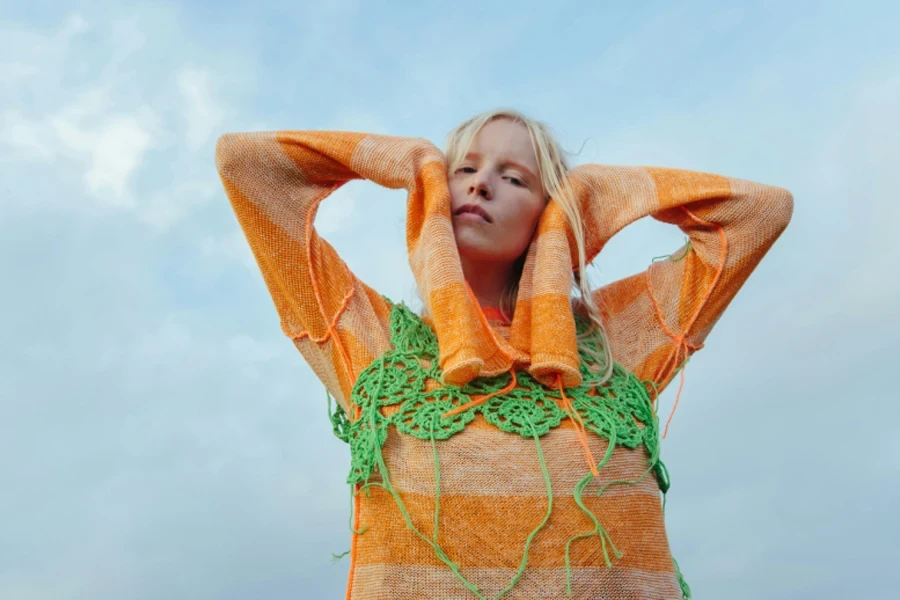
Nostalgia for the noughties marks a significant resurgence in the fashion landscape, with Y2K aesthetics making a bold return to the forefront of trendsetting collections. This revival is characterized by a keen focus on key items from the era, such as corsets, bralettes, bodysuits, and sheer pieces that invite layering with denim for a quintessentially early-2000s look. The cargo pant, another hallmark of the period, reemerges as a key piece in the contemporary wardrobe, offering a blend of functionality and style that resonates with today’s fashion-forward audience. This trend is further amplified by the use of dopamine brights and graphic prints on proven silhouettes like tank tops, infusing modern collections with the vibrant energy and optimism of the Y2K era. High-shine elements, including biodegradable sequins and metallic finishes, are applied with care to elevate these nostalgic designs while adhering to contemporary values of sustainability and environmental consciousness.
The Y2K resurgence is not merely a replication of past trends but a reimagining that integrates the playful and experimental spirit of the noughties with the sophisticated sensibilities of today’s consumers. This blend of nostalgia and innovation offers a unique opportunity for designers and retailers to connect with a generation that cherishes the nostalgia of their youth while demanding the quality, sustainability, and inclusivity of modern fashion. By testing small batches of these key items, brands can gauge consumer interest and adapt their offerings to meet the evolving tastes of a market driven by a desire for individuality and a connection to the cultural touchstones of the past. Through this careful balance of homage and innovation, the fashion industry can captivate both those who lived through the original Y2K era and a new generation eager to explore the styles that defined the turn of the millennium.
The slip dress: A minimalist’s statement
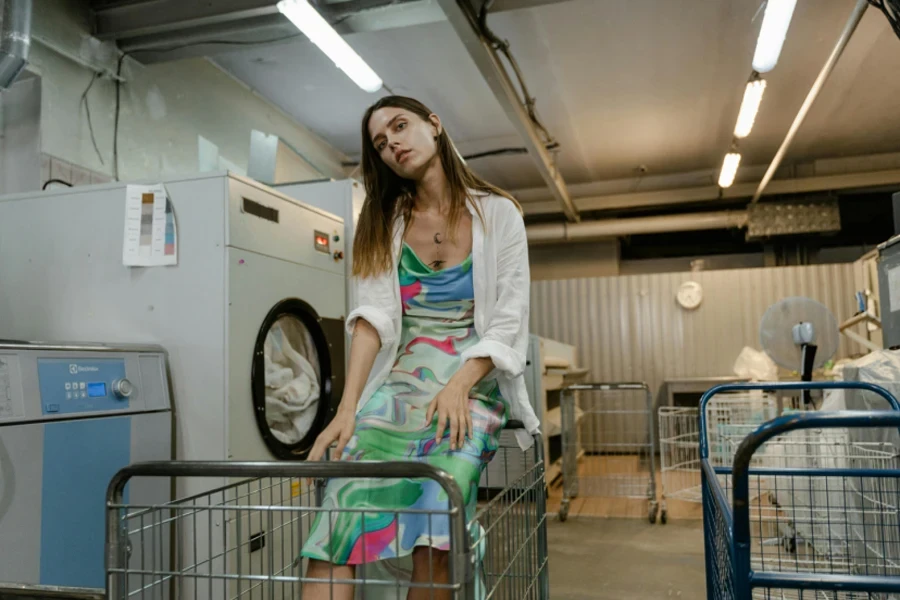
The slip dress emerges as a definitive statement within minimalist fashion, showcasing a blend of sophistication and understated elegance that resonates with contemporary tastes. This garment has been elevated to a key piece of occasionwear, especially in midi lengths that marry simplicity with intricate design details such as drape and tuck. The versatility of the slip dress is further highlighted through layering possibilities over sheer or opaque tops, offering additional coverage while maintaining its sleek allure. Designers are reinterpreting this classic silhouette with minimalist styling cues, featuring straight-cut bib necklines or soft cowl drapes in luxurious, slinky fabrics. The presence of interesting strap details and multifunctional features adds a new dimension to adjustability and modesty, affirming the slip dress as a modern staple with timeless appeal.
This renewed interest in the slip dress within the fashion industry underscores a broader shift towards low-key luxury and effortless chic. By focusing on high-quality materials and subtle yet impactful design elements, the slip dress stands out as a testament to the power of minimalism in making a significant style statement. The Ontimeshow S/S 24 presentations showcased how this seemingly simple garment can encapsulate the essence of modern romanticism, providing a canvas for personal expression through accessorizing and styling. As brands invest in the slip dress trend, they tap into consumers’ growing preference for clothing that offers both elegance and versatility. In doing so, they cater to a market that values pieces that are not only beautiful in their simplicity but also adaptable to various occasions and styling needs, making the slip dress a quintessential element of the contemporary wardrobe.
Soft focus prints: The allure of the abstract

Soft focus prints are capturing the imagination of the fashion world, offering an abstract and visually intriguing alternative to traditional patterns. These prints, characterized by their digitalized, blurred, pixelated, or optical qualities, resonate with the dystopian futures trend and a renewed focus on nature’s textures. The allure of these designs lies in their ability to evoke a sense of mystery and depth, drawing the eye and engaging the mind with their complex interplay of colors and shapes. Favored materials for showcasing these prints include ultra-sheer, light wovens like chiffon and cellulose-based fabrics, chosen for their comfort and breathability during the warmer months. Additionally, the exploration of traditional naturally dyed silk, such as xiang yun sha, offers a unique canvas for these distorted dye effects, marrying ancient techniques with contemporary aesthetic sensibilities.
The incorporation of soft focus prints into fashion collections speaks to a broader trend of seeking connection and meaning through clothing. As consumers gravitate towards garments that reflect their personal narratives and the complex world around them, these abstract prints offer a way to wear art that tells a story. Driven by the dystopian futures trend, this move towards more abstract and textured designs suggests a desire for fashion that goes beyond the surface, offering depth, complexity, and a touch of the surreal. By investing in soft focus prints, designers and retailers can cater to a market that values individuality and the expression of unique identities through fashion. This trend not only enriches the visual landscape of contemporary apparel but also aligns with the evolving consumer demand for clothing that combines aesthetic appeal with conceptual depth and emotional resonance.
Draping: The art of fluid forms
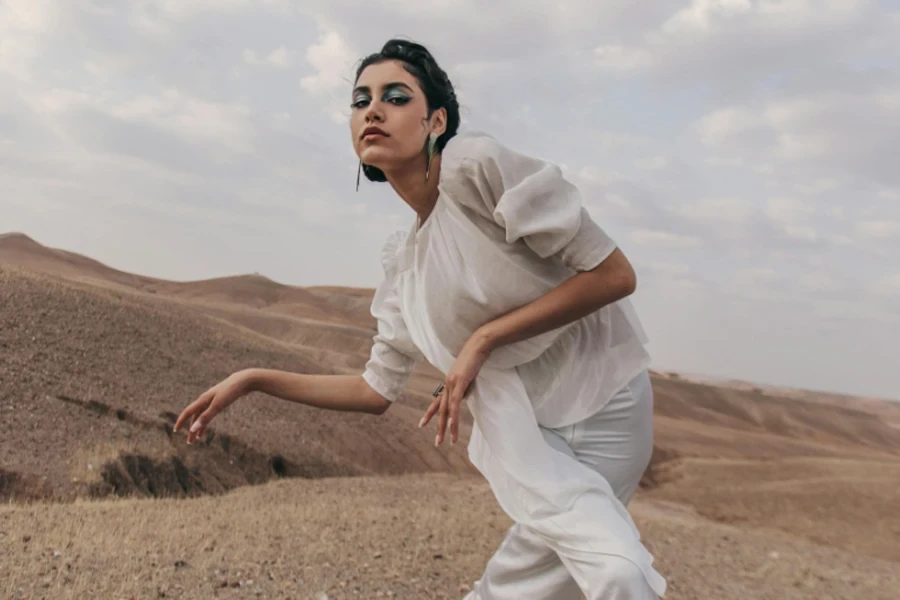
Draping stands at the forefront of fashion innovation, heralding the art of fluid forms as a defining trend in women’s apparel. This technique, characterized by generous use of fabric to create loosely draped silhouettes, accentuates the form with an air of low-key luxury. Trench coats, jersey tops, dresses, and skirts become canvases for this trend, crafted from Lyocell or Tencel fabrics that gracefully follow the body’s contours. The emphasis on adjustable design details allows for garments to be worn in multiple ways, offering versatility and a fresh take on elegance. Draping moves away from traditional pleats, favoring asymmetric lines that lend a soft volume to silhouettes, thereby infusing them with a modern and edgy appeal. This approach not only adds a dynamic element to the garment but also highlights the wearer’s individuality through unique forms and shapes.
The strategic incorporation of draping into contemporary fashion collections reflects a broader industry shift towards embracing more organic and intuitive design principles. This trend champions the idea that luxury and sophistication need not be rigid or structured; instead, they can be achieved through the flow and movement of fabric, bringing a sense of natural elegance to the wearer. By experimenting with draping, designers challenge conventional silhouette boundaries, offering pieces that are both visually captivating and inherently comfortable. The adaptability of draped garments also speaks to a growing consumer desire for fashion that accommodates diverse body types and styling preferences, making it a pivotal trend for retailers and designers aiming to meet the evolving demands of the market. Through the art of draping, the fashion industry continues to explore the balance between form and function, beauty and comfort, redefining what it means to dress with intention and creativity.
Volume dresses and the essence of occasionwear
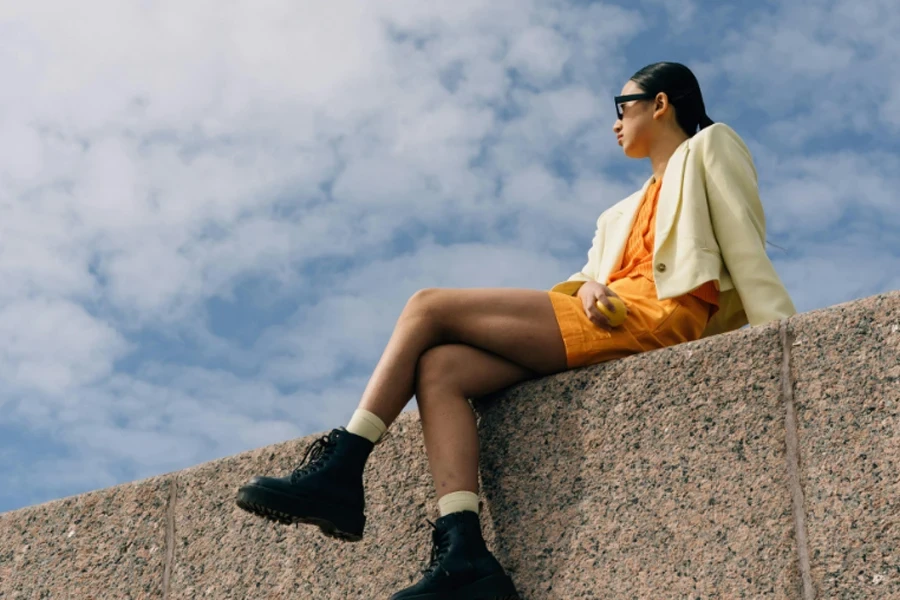
Volume dresses reassert their prominence within the essence of occasionwear, emerging as key staples for the Spring/Summer 24 season. These garments, celebrated for their midi and maxi lengths, draw inspiration from the full-length kaftan, reinterpreted through playful and innovative fabrications. The introduction of hyper-textured materials and the strategic use of belts or functional drapes that double as ties underscore the trend’s commitment to versatility and adaptability. This allows for the manipulation of volume to create asymmetric silhouettes, offering wearers a multitude of styling options. Furthermore, the incorporation of handcrafted details and glamorous textures, such as lustrous fil coupé and muted shine fabrics, enriches these volume dresses, positioning them as modern statements in occasionwear.
This renewed focus on volume within the realm of high fashion emphasizes a shift towards designs that combine dramatic flair with practical elegance. The ability to control volume not only enhances the garment’s wearability but also aligns with a broader movement towards personalized fashion, where the wearer plays an active role in shaping their look. These volume dresses encapsulate a modern approach to occasionwear, where the emphasis is placed on creating pieces that are both visually striking and inherently adaptable. By investing in such designs, retailers can cater to a growing consumer appetite for occasionwear that breaks free from traditional constraints, offering instead garments that celebrate individuality, craftsmanship, and the joy of dressing up. In doing so, the fashion industry continues to evolve, embracing the complexities of modern femininity and the diverse needs of today’s consumers.
Reworking the essentials: Shirts, blazers, and trousers
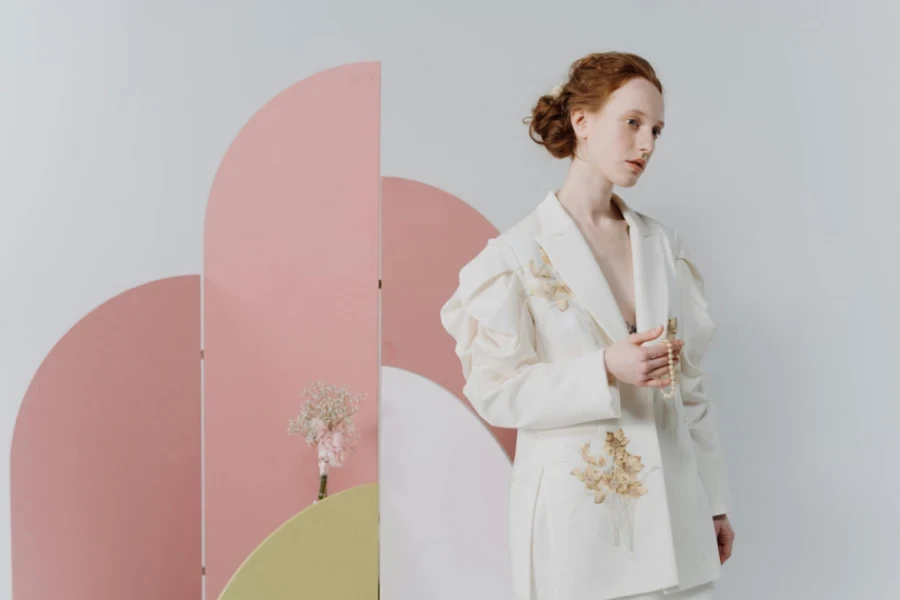
The reworking of wardrobe essentials such as shirts, blazers, and trousers underscores a strategic evolution in fashion, aimed at enhancing the functionality and aesthetic appeal of foundational pieces. Shirts, traditionally viewed as simple staples, are being transformed into statement items through the addition of draping and tucks, while retaining their oversized, easy-to-wear nature. This not only adds a new dimension to the silhouette but also ensures that these updated shirts cater to all body shapes, enhancing versatility and inclusivity. Blazers, too, are receiving a modern makeover, with oversized silhouettes, exaggerated shoulders, and refreshed details like displaced closures or corset-inspired waistlines leading the charge. These innovations reflect a growing desire for pieces that combine the comfort and casualness of leisurewear with the sharpness and sophistication of formal attire, creating a new category of ‘relaxed formal’ that is both stylish and practical.
Trousers, particularly wide-leg variants, exemplify this trend’s emphasis on redefining classic forms with contemporary sensibilities. Updated in fluid fabrics like silkies and crisp cottons, and occasionally embellished with embroidered hems, these trousers offer a relaxed yet refined alternative to more conventional styles. The inclusion of shimmering velvet devoré and liquid shine fabrics in some designs caters to the demand for occasionwear that is both elegant and comfortable. By focusing on high-waisted and super-wide leg options, designers are providing a fresh take on the workleisure concept, merging the ease of leisurewear with the polish of work attire. This approach not only aligns with current consumer preferences for comfort and style but also highlights the fashion industry’s ability to innovate within the framework of classic designs, ensuring that essential pieces remain relevant and desirable in a rapidly changing market landscape.
Final words
The Ontimeshow Shanghai S/S 24 has masterfully showcased the dynamic evolution of women’s fashion, where utility meets elegance, and traditional silhouettes are reimagined with contemporary flair. Through the exploration of adaptable garments, the resurgence of nostalgic trends, and the innovative reworking of essential pieces, this event underscores the fashion industry’s commitment to catering to the modern consumer’s desire for versatility, sustainability, and individual expression. As retailers and designers navigate these emerging trends, the key will be to blend creativity with practicality, offering collections that not only captivate but also resonate with the evolving lifestyles and values of today’s fashion-forward audience. In doing so, the industry sets the stage for a future where fashion is not just worn but experienced, reflecting the complexity and richness of the modern sartorial landscape.
